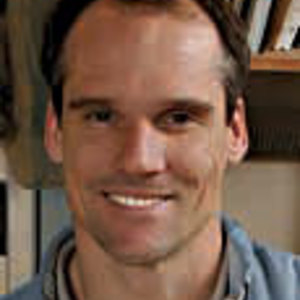Fine Furniture from Plywood
Custom thicknesses, matched grain and seams, and solid-wood details beat the plywood box look
Synopsis: Building custom furniture with veneer-grade plywood and hardwood details is a fine solution, according to Mark Edmundson, who describes best practices in this article. This article follows the construction of an elegant two-door cabinet that uses techniques that take advantage of the veneer-grade figure and stability of plywood. He explains assembly strategies for plywood furniture, how to create custom panels with high-quality sheet goods, how to make clean crosscuts on the tablesaw, and how to prepare plywood for a finish.
One look at a stack of hardwood plywood and you know why there are fewer and fewer nice planks in a unit of lumber. The best logs are scooped up by veneer mills, ending up in kitchen cabinets and mass-produced entertainment centers. Wanting to rescue these attractive panels, I had to find a way to turn them into pieces my clients would accept as custom furniture. The freestanding cabinet featured here incorporates many of the techniques I’ve developed for overcoming the inherent drawbacks of using plywood.
By laminating 1 ⁄4-in.-thick panels around a core of mediumdensity fiberboard (MDF), I create custom panels that are thicker than the standard 3 ⁄4 in. This technique also allows me to contrast the exterior wood with a different interior species—in the cabinet shown here I used cherry and maple. I also locate the veneer seams carefully to create a solid-wood effect. The solid legs, corner posts and door frames add to the furniture feel. Other custom touches include the raised-panel treatment on the plywood door panels and the mitered edge-banding on the top and bottom. The top also has a raised lip, or “pencil roll,” applied at the back edge. An attractive drawer box, custom door pulls and nice hinges complete the piece.
Plywood can overcome its deficiencies
While plywood presents a number of problems to the custom furniture maker, it also offers the solutions. The hardwood plywood at a lumber dealer is probably “A-1,” which refers to a grading system. On the A side you’ll find very impressive veneers, all bookmatched and ready for sanding. But the other side (the “1” side) is usually uninspiring, consisting of veneers with sap and from different logs or flitches. Even if you put this side on the inside of a cabinet, it still detracts from the overall quality and appeal.
At some point I came up with the idea of sandwiching 1 ⁄4-in.-thick A-1 on both sides of an MDF core. The idea allows me to get rid of the inconsistent side and gives me the freedom to choose an alternative wood for the interior of a cabinet, something I usually do when I cut my own veneers. Also, the center core can be whatever thickness I want, further distancing a piece from the plywood-box look. Last, plywood is much easier to laminate onto a substrate than thin veneer is.
From Fine Woodworking #157
For the full article, download the PDF below:
Fine Woodworking Recommended Products

Estwing Dead-Blow Mallet

Bessey K-Body Parallel-Jaw Clamp























Log in or create an account to post a comment.
Sign up Log in